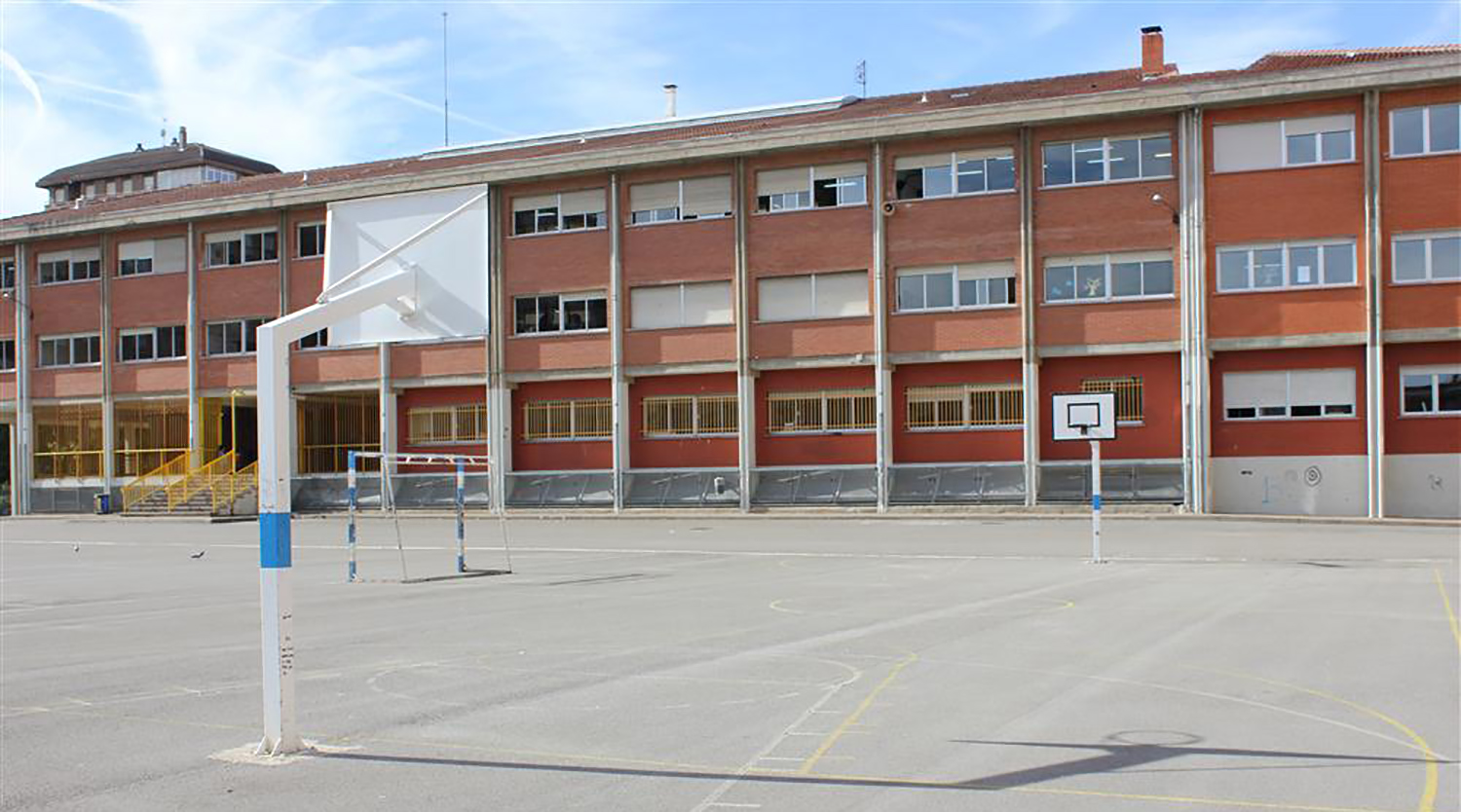
- What motivates the merger between two centers? How to combine the school project, the model and the journey with the next one? What is the way for the educational communities in both schools to agree? What is the role of the Basque Government?

The Basque Government has announced the merger between the schools Adurtza-San Ignacio, Santa Maria-Landazuri and Umandi-Padre Orbiso, and the questions go through the subject.
What is the criterion and the starting point for making such a decision? According to the Basque Government, the measure will lead to an improvement in the educational projects of these centres and a fight against their segregation. The trade unions say that there is a purely economic perspective in the sector, with the aim of reducing the number of educational establishments in the face of the fall in the birth rate.
Are schools really less and larger (more macros) the way to improve educational projects? Schools that host more students and lines?
Will personal resources be maintained in the coming years? Will the offer of places also be maintained? Or, little by little, as trade unions suspect, is the number of teachers and workers decreasing, the number of places and, therefore, the public school network?
Are schools really less and larger (more macros) the way to improve educational projects? Schools that host more students and lines?
How much and how are educational communities going to participate? In fact, the Basque Government has talked about the process agreed with them, but the unions have accused him of acting unilaterally and not having agreed on any process, using as a source some educational communities in those centres.
For the process to be truly participatory, what role will the Department of Education assume and how will the consensus of the educational communities of both centers be channeled? For example, in schools with two different educational projects, pedagogy and models, what will prevail? Or when the centre that has the whole of Model D meets with the centre that has Model B, what or what will be the linguistic models to be offered?
Will the spaces be rethought? Will the opportunity be taken to adapt and renew infrastructures?
It is not a small challenge that lies ahead of the schools and administration that merge. Time will answer those questions and many others.